Behind the Scenes – Indian Ocean
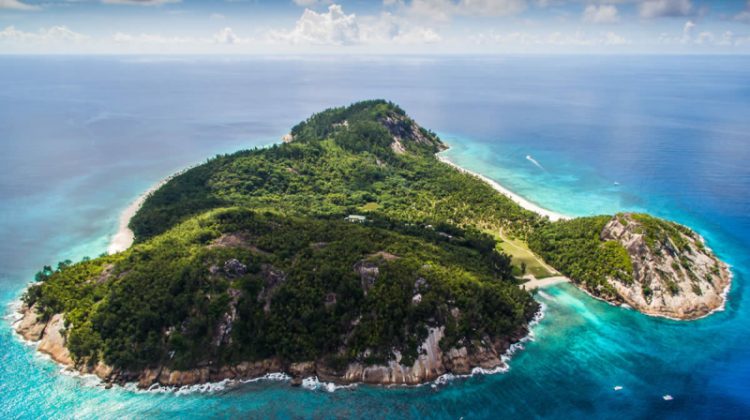
Across the Indian Ocean are some dreamy white-sand beaches backed by palms with their leaves swaying gently as the breeze moves them. Alongside these beaches, or perched on stilts over the brilliant blue ocean, are many incredible beach properties with superb restaurants, fully stocked watersports centres, and views to die for. Among them are a smaller number working away behind the scenes to ensure the lives of their communities or local wildlife benefits from their presence. We lift the lid and peer at five of our favourites…….
Denis Island – Seychelles
Denis is a small classic desert island with just one luxury lodge. The island is almost entirely surrounded by coral reefs and sits at the edge of the Seychelles Bank which plunges 2,000 feet down into the abyss of the Indian Ocean. Rich in marine life, the reef gives rise to a natural lagoon and gentle, brilliant white, sand beaches providing guests with world class snorkelling and excellent diving.
The ‘Denis Island vision’ is for a self-sustainable refuge preserved for future generations. The Green Islands Foundation was founded to oversee the island’s conservation and environmental projects, and has a long track record of conservation success. The foundation now oversees a number of conservation and environmental projects on other islands. One of Denis’s most important environmental achievements is the translocation of some of Seychelles’ rarest endemic birds. As a result of this programme Denis Island is the only place in the world in which a morning’s walk can bring you across the Seychelles fody, magpie robin, paradise flycatcher and the Seychelles warbler.
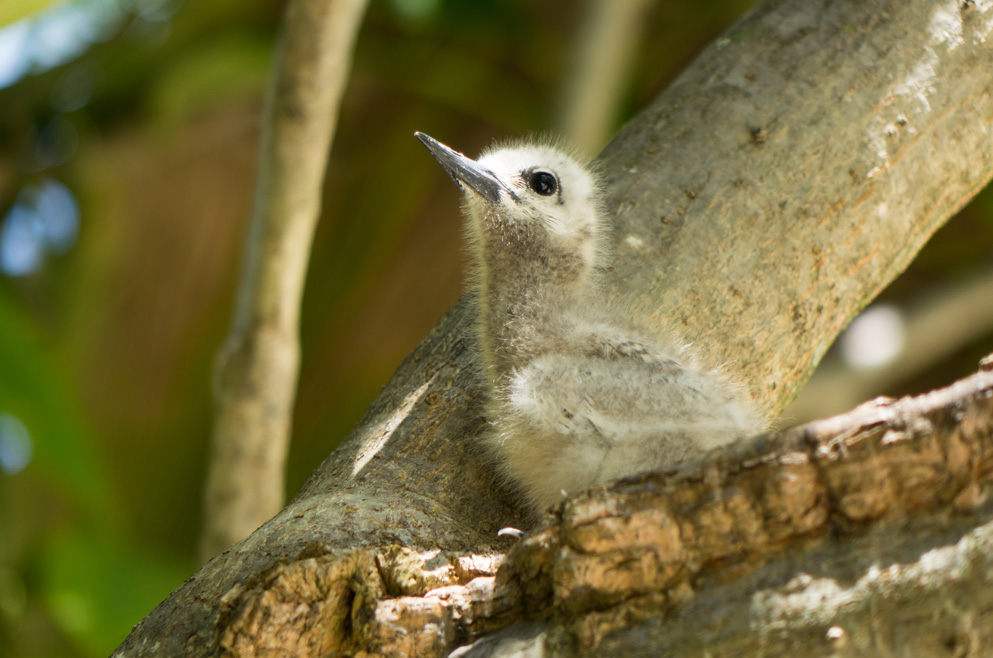
Denis Island – home to Seychelles’ rarest endemic birds
Anjajavy Lodge – Madagascar
Madagascar is famous for its enchanting lemurs, but it is also home to a huge number of animal and plant species, many of which are endemic. The natural history in Madagascar is rich beyond belief and the landscapes vary greatly, including arid, semi-desert regions, beaches fringed by rainforests, and paddy fields clinging to sheer mountainsides. Anjajavy Lodge is set in its own sandy bay with limestone cliffs at each end and is so remote that it enjoys its own time zone, an hour ahead of the rest of Madagascar.
The aim of Anjajavy Lodge is to promote sustainable development within this remote and fragile environment. Vital to this is social integration with the villages within the protected area. Since the lodge opened in 2001, the staff have always been 100% Malagasy. Anjajvay Lodge and its guests have succeeded in financing the construction of public toilets and wells in the neighbouring villages. Other community projects include the construction of a secondary school and a library with 1,000 open-access books. Supporting children’s education in the nearby villages is one of the lodge’s main priorities. School kits are distributed every new academic year. Students can make educational visits to the lodge to learn about various topics, including preserving natural heritage, biodiversity, or the sustainable use of resources.
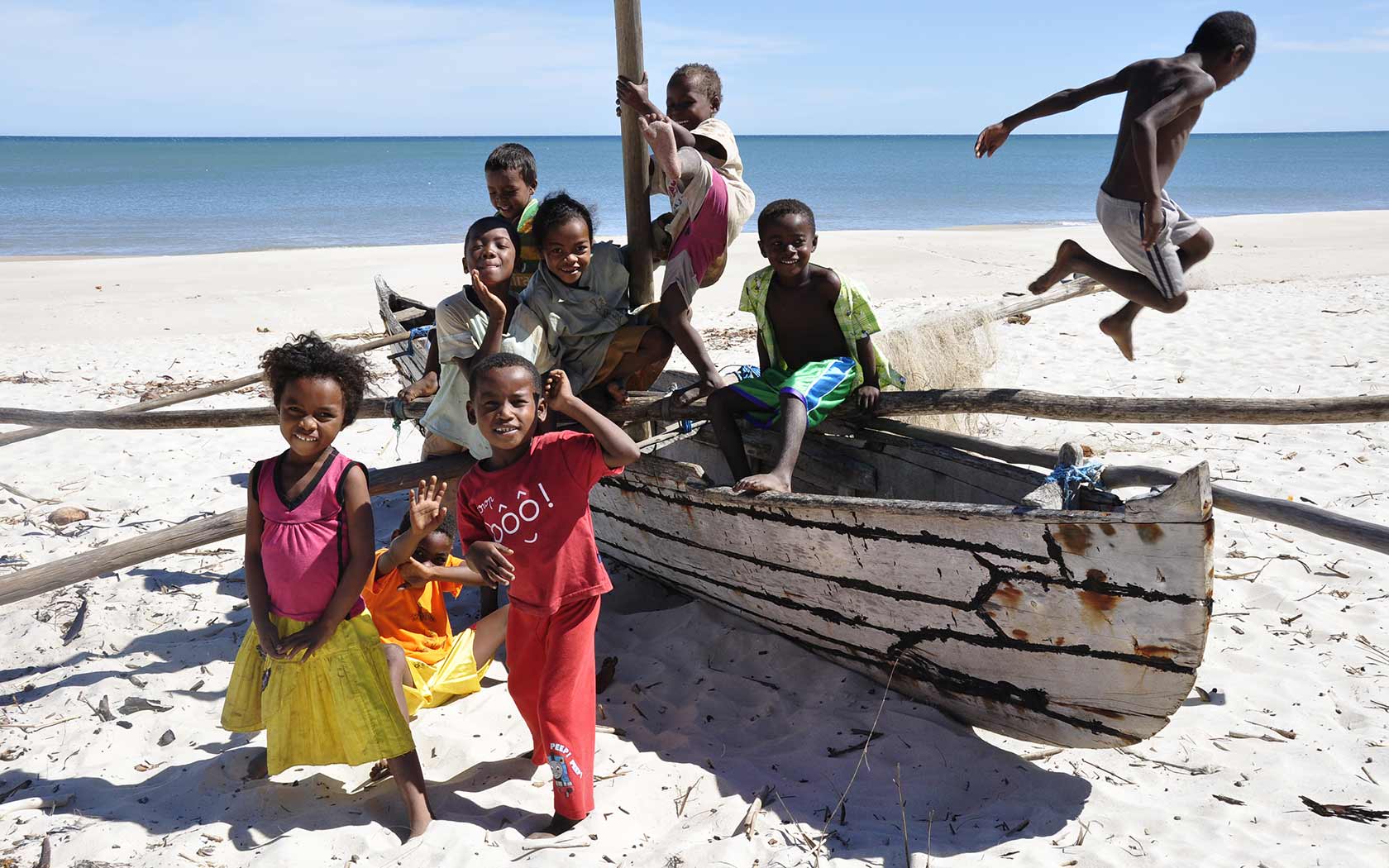
Anjajvay Lodge supporting children’s education
Six Senses Laamu – Maldives
Over 1,000 coral islands spread through 90,000 square kilometres of the sparkling Indian Ocean – it’s no surprise the Maldives is one of the world’s ultimate beach destinations. The Maldives supports the largest known population of reef manta rays anywhere in the world and these charismatic creatures have become an iconic species for the Maldives. The size of these animals and their social nature makes them magical to interact with and many tourists visit the Maldives with a keen desire to encounter manta rays. Manta rays are therefore an incredibly important economic resource for the Maldives, bringing tens of thousands of people to the country each year to dive and snorkel with them. Although manta rays are not fished in the Maldives they are still highly vulnerable to the increasing pressures of tourism development – habitat degradation and increases in unsustainable tourism activities.
The Maldives Underwater Initiative (MUI) is a multiple award-winning marine conservation initiative based at Six Senses Laamu. The Manta Trust team is part of MUI and joins guests on every excursion to provide a briefing on manta rays, how to interact with them and to conduct recordings and research. The aim of the MUI is ‘(to) leave this beautiful and unique part of the Maldives better than how we found it; through our research projects which allow us to fully understand the marine resources that exist in Laamu, and therefore how we can best protect them.’
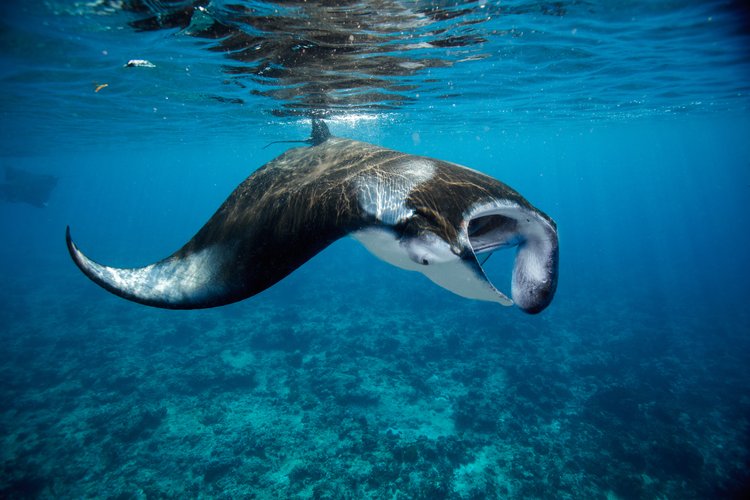
Manta Trust marine conservation
North Island – Seychelles
The remote North Island in the Seychelles had been uninhabited for over 30 years until some of the world leaders in authentic eco-tourism invested in the island to turn it into a sanctuary for both discerning travellers and wildlife. A team of craftsmen created North Island a ‘Robinson Crusoe’ luxury barefoot paradise unlike any other.
North Island is a fertile paradise, the perfect setting for the Noah’s Ark conservation and island rehabilitation programme. Many conservation and sustainability projects are underway on North Island, including one to protect and increase the island’s population of the Aldabra Giant tortoise. One of the largest tortoise species on Earth, the Aldabra Giant tortoise is endemic to the Aldabra atoll. From a handful in 1997, the population currently stands at between 80 and 100 tortoises. They now roam North Island free from harm, with some as old as 150 years of age.
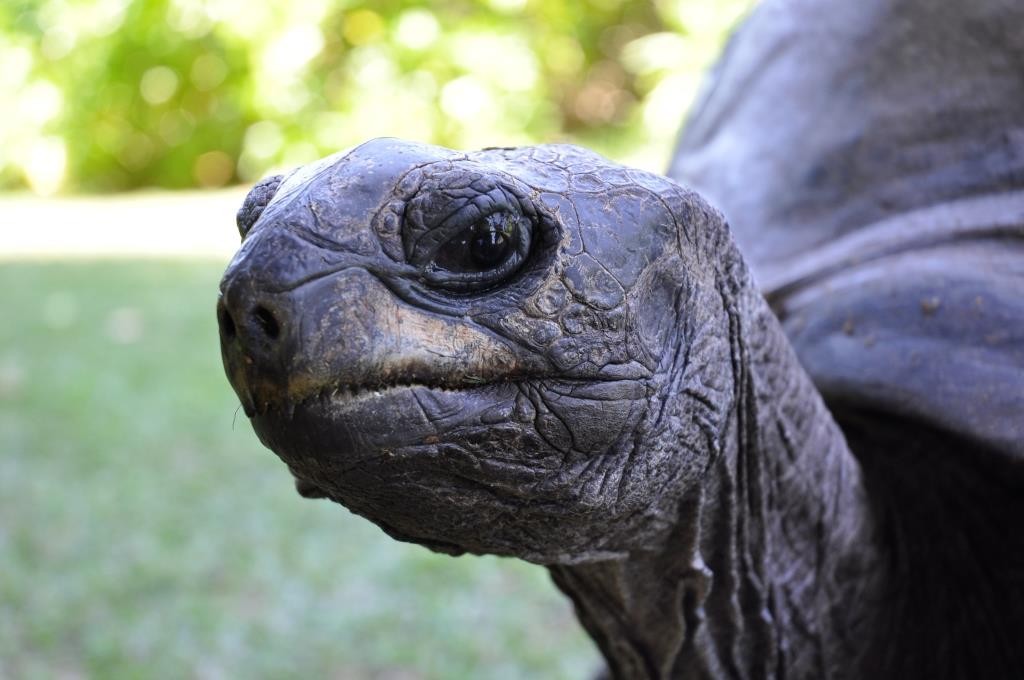
North Island, Giant Tortoise conservation project
Miavana – Madagascar
Madagascar has been called the land in a forgotten sea. It’s the fourth biggest island on earth and has a number of small peripheral islands off its coastline. Miavana Time + Tide is a magnificent lodge on Nosy Ankao, a private tropical island in the north east of Madagascar. Surrounded by sparkling turquoise waters, the island is one of five forming a small archipelago in a protected marine and wildlife area extending to about 15,000 hectares.
On the protected island of Nosy Ankao the Time + Tide Foundation manage a full-time environmental team trained in wildlife monitoring and habitat preservation. In 2017 the team undertook their first species translocation, moving five threatened crowned lemurs from Bekaraoka Forest, an area of high poaching and deforestation, to Nosy Ankao Island. The lemurs have adjusted beautifully to life there, thriving in the forested sanctuary. The project has two main objectives, firstly to support the satellite population to thrive on Nosy Ankao Island, and secondly conserve the lemur population and habitat in Bekaraoka Forest. The long term aim is that the Nosy Ankao lemurs will be returned to the mainland to bolster the population.
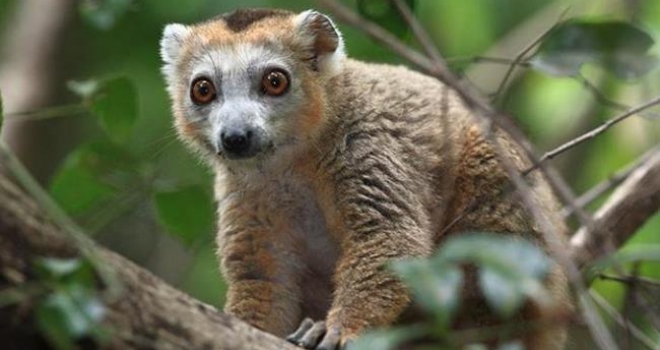
Translocation of threatened Crowned Lemur
What next?
We would be delighted to help you plan a safari encompassing any of the conservation activities mentioned here. Our team of experts has travelled widely throughout Africa and can offer expert advice on every type of safari from family and beach holidays to riding and primate safaris. Do get in touch – chatting to people by phone or email is what we do best. We listen, we explain, we answer all sorts of questions even those you didn’t know to ask, and finally we make suggestions. If this is your first time to Africa or your twenty first, we have a team standing by to help make the planning easy and the journey the best ever. Please get in touch whatever stage you’re at.
Leave a Reply